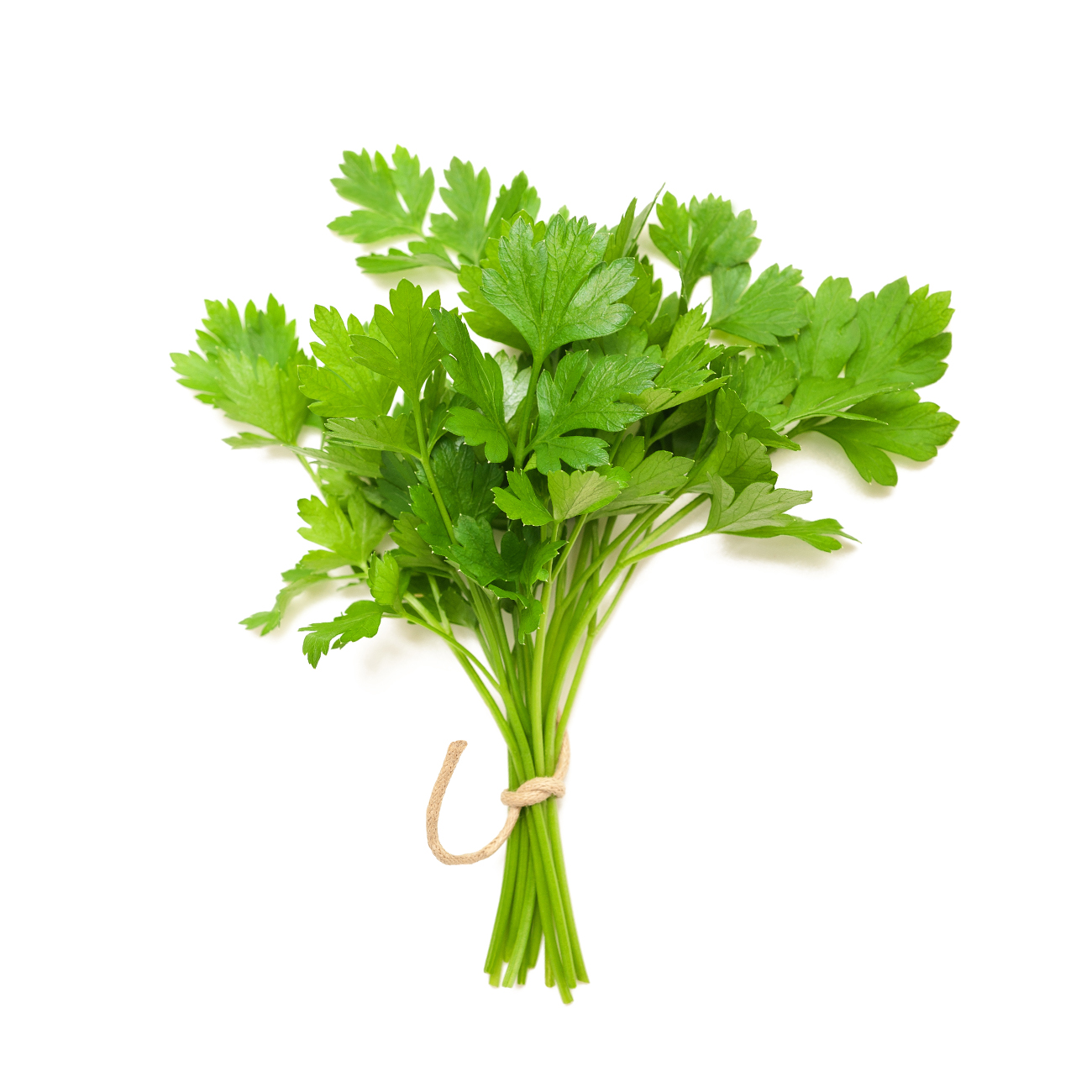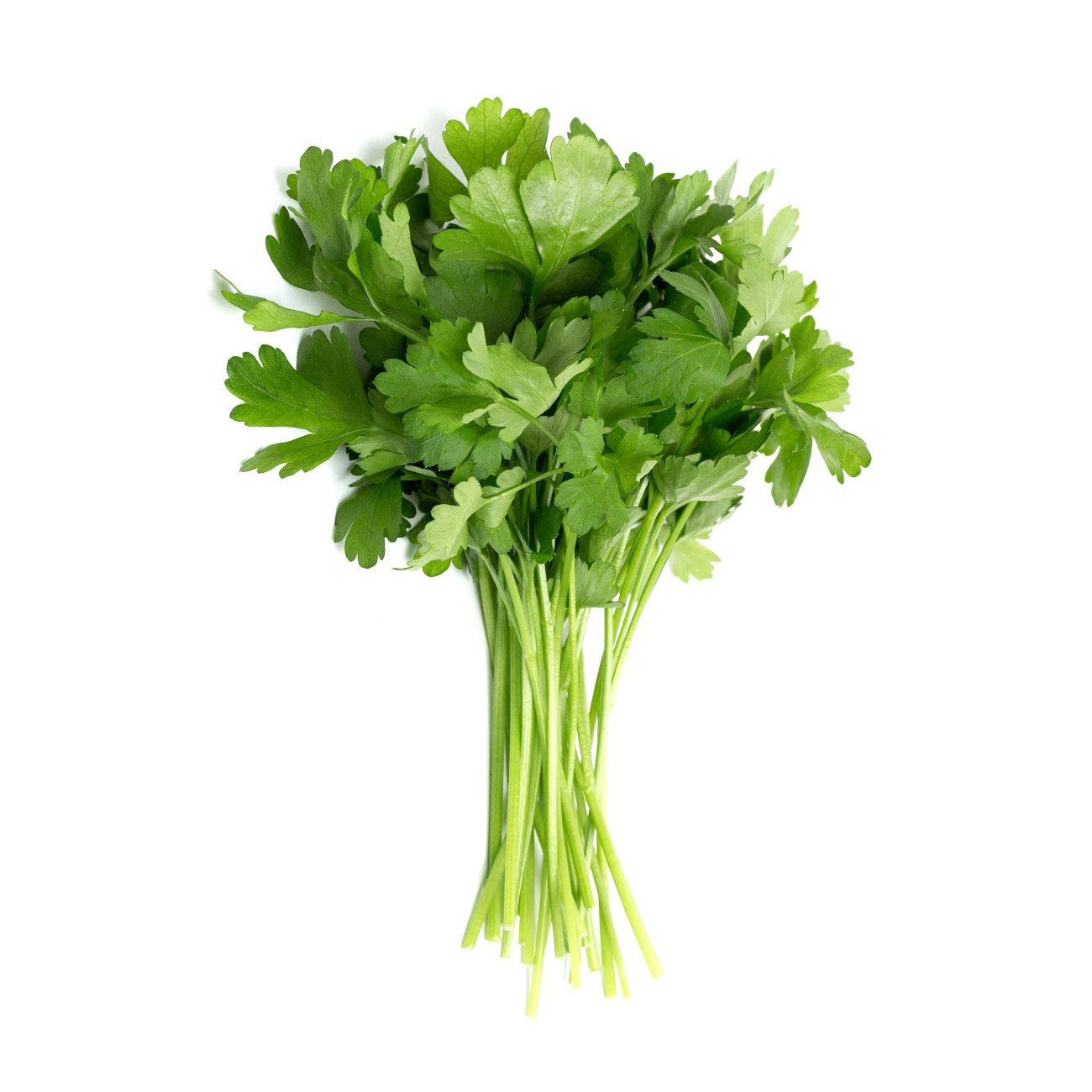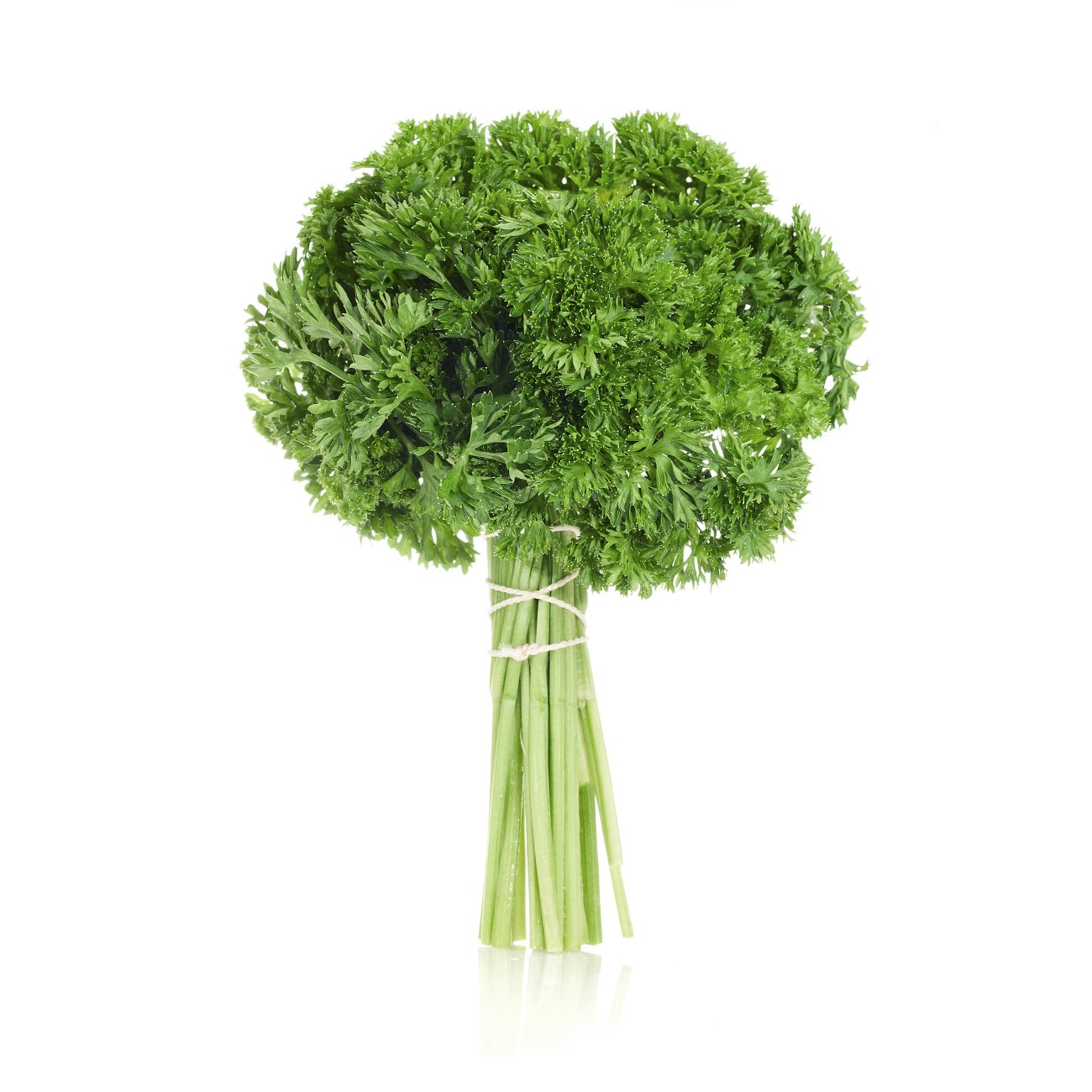Fresh coriander (also known as cilantro) has a distinctive, aromatic and spicy flavour. Coriander leaves, stems, roots and seeds are all used. Ground coriander has a completely different flavour profile to the leaves, which can be mistaken for flat leaf parsley—use the aroma to tell the difference. Some people are sensitive to the scent of coriander leaves—it is genetic and usually indicated flavour preference as well.
-
Harvesting
Controlled atmosphere storage is only moderately beneficial for fresh herbs. However, studies indicate modified atmosphere storage may lengthen shelf life.Postharvest storage temperature
Store at 0°C for 2 weeks. Coriander is not sensitive to chilling temperatures and should be stored as cold as possible without freezing.Controlled atmosphere storage
Controlled atmosphere storage is only moderately beneficial for fresh herbs. However, studies indicate modified atmosphere storage may lengthen shelf life.Ethylene sensitivity
Annual herbs produce little ethylene, but are very susceptible to ethylene exposure. Signs of damage include yellowing and leaf abscission.Humidity storage
Store at 95–100% relative humidity.Disease & infection
Moulds and bacterial decay may develop, especially on mechanically damaged leaves or cut ends of stems. Low temperatures should be maintained throughout the cold chain to minimise pathological disorders and prolong shelf life. -
Store in jar of water on bench top, like flowers.

You might also like
Veggy tip
Use coriander as soon as possible after purchase since it loses its flavour and nutrients quickly if kept for longer periods.



